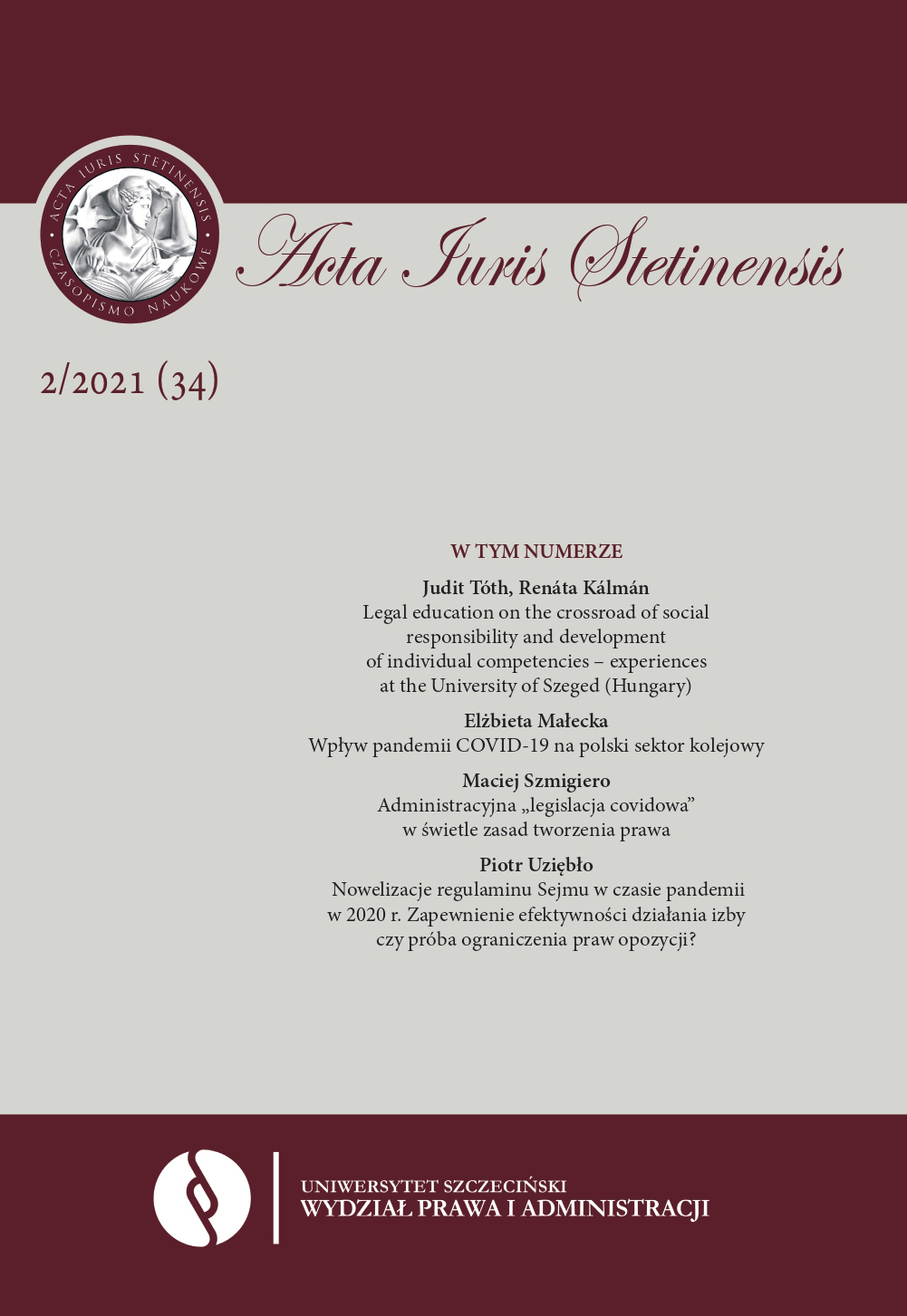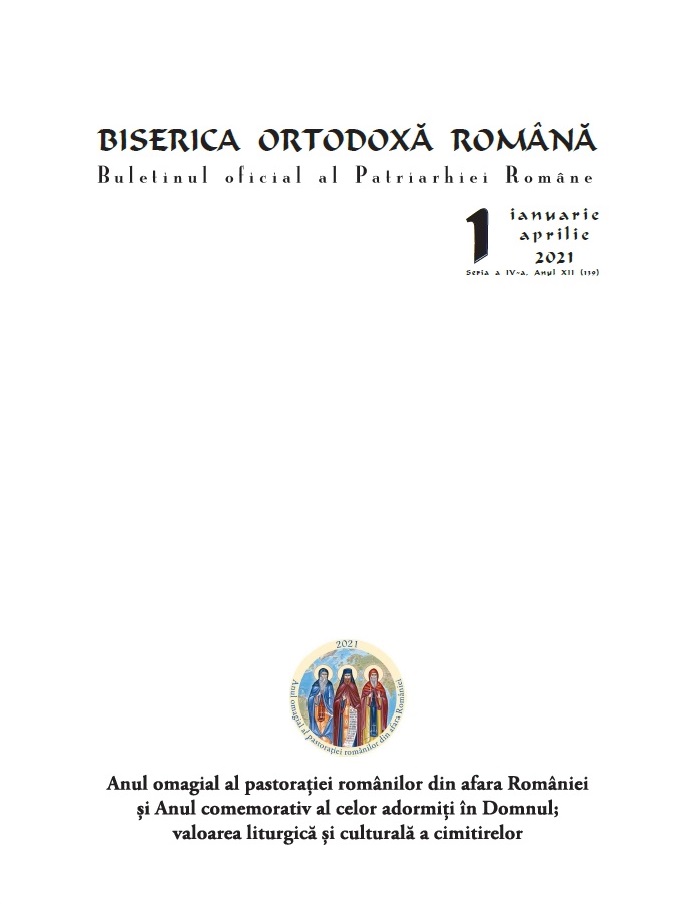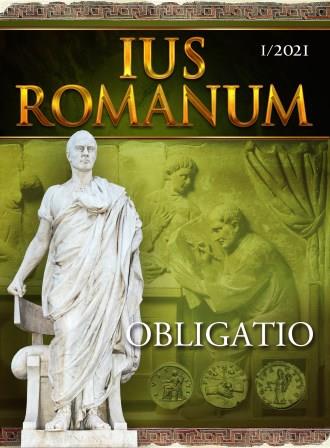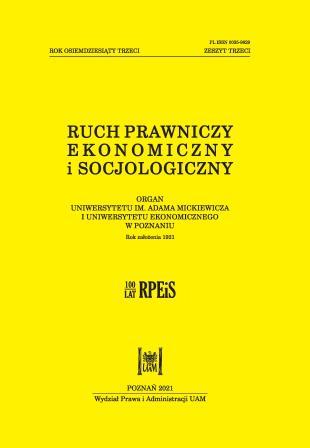
Animals in the legal culture of Prussian towns (the 13th–16th centuries): An overview
Animals were a permanent element in the landscape of medieval towns. Many residents of the then urban centres lived of animal husbandry. In addition to farm animals (e.g. pigs), they kept domestic animals (e.g. dogs and cats) as well as wild animals. The latter often sought food in garbage and suburbs. Such animals were also kept for entertainment. Authorities of Prussian towns regulated many issues related to the functioning of towns, including those concerning animal husbandry. Animals could pose a threat to the health and life of residents. They were also considered to be pests that destroy crops, orchards, and household appliances. The legislation of the period was focused on determining guilt for crimes and offenses committed by animals. Either an animal, treated as an entity responsible for the harmful act, or its owner was blamed for the misconducts. The presence of animals, especially livestock, was considered to be the cause of considerable sanitary problems in towns, mainly due to animal waste. Town authorities regulated issues concerning cattle herding and grazing. The care over the herd was entrusted to urban shepherds whose service was regulated by town legislation. The problem of the perception of animals by the society of that time was also significant. Although seemingly unwanted, they were the only source of income for many residents. For some, animals were pests, and for others, a guarantee of fragile existence. It was also a time when people began to wonder what exactly an animal is, what role it should play in human life, and how to treat it.
More...




